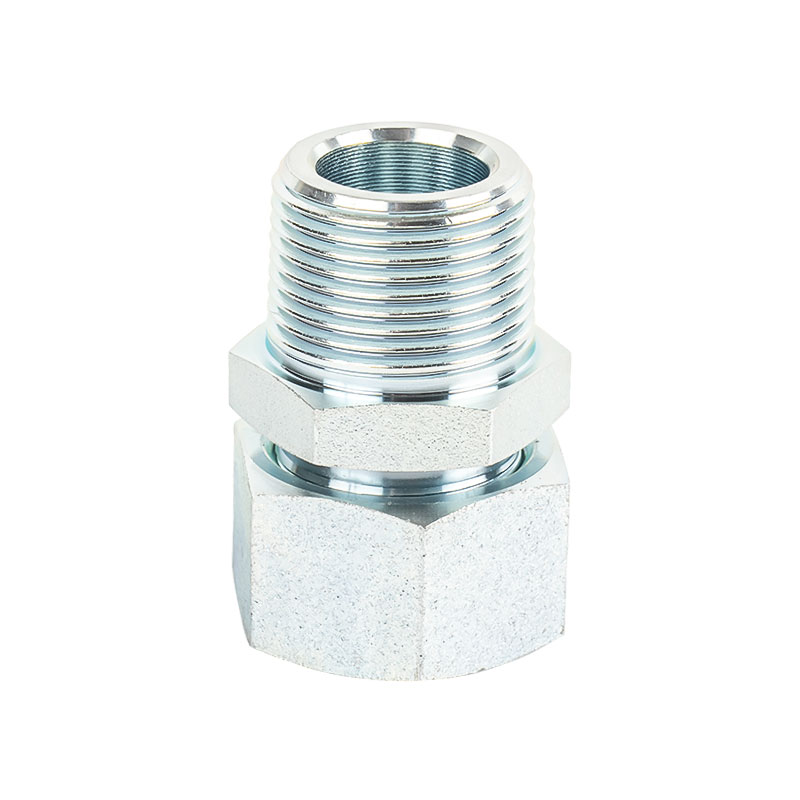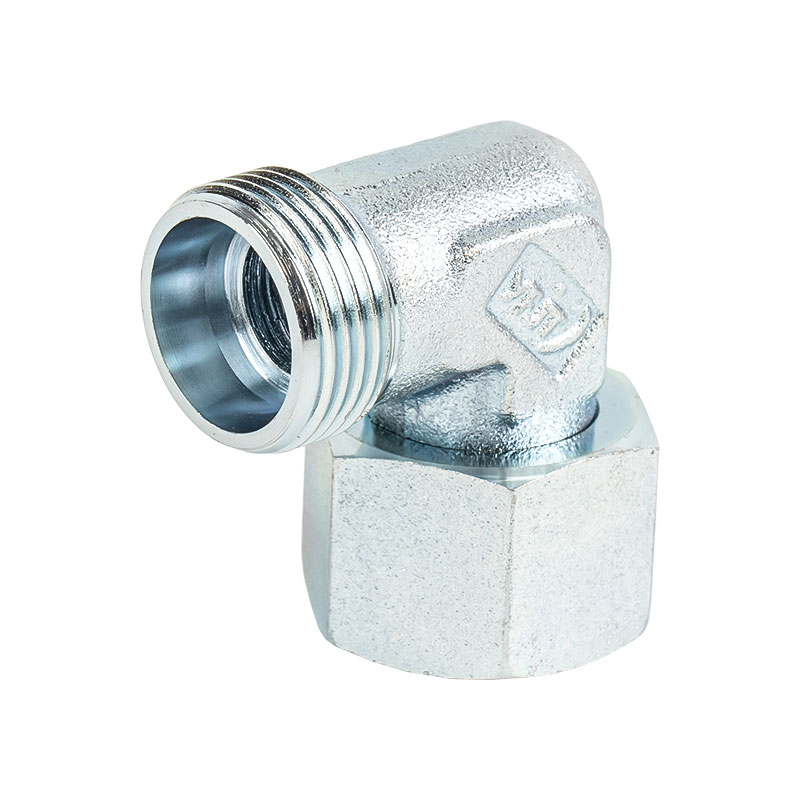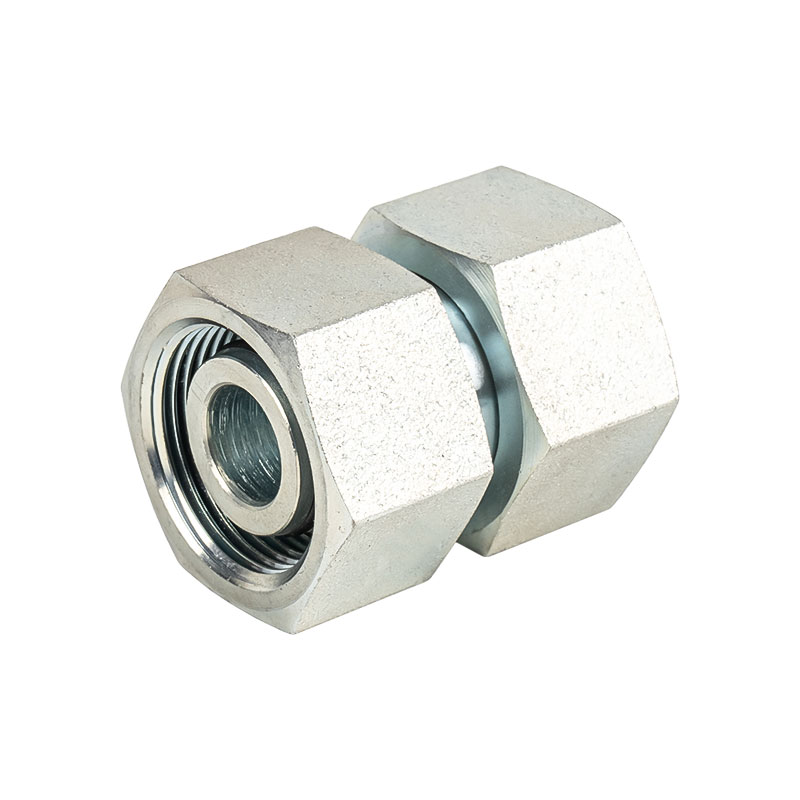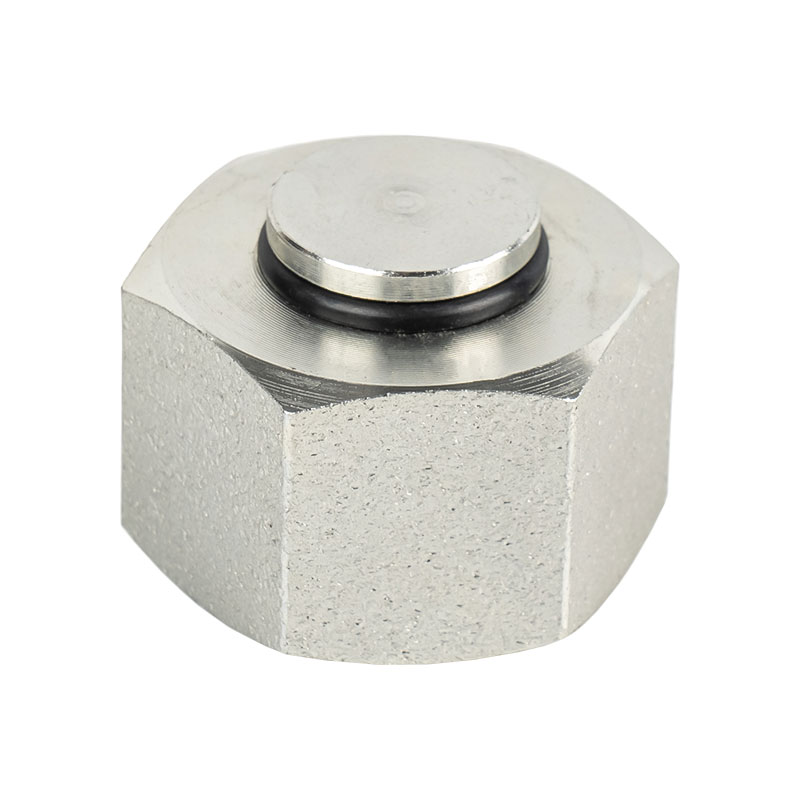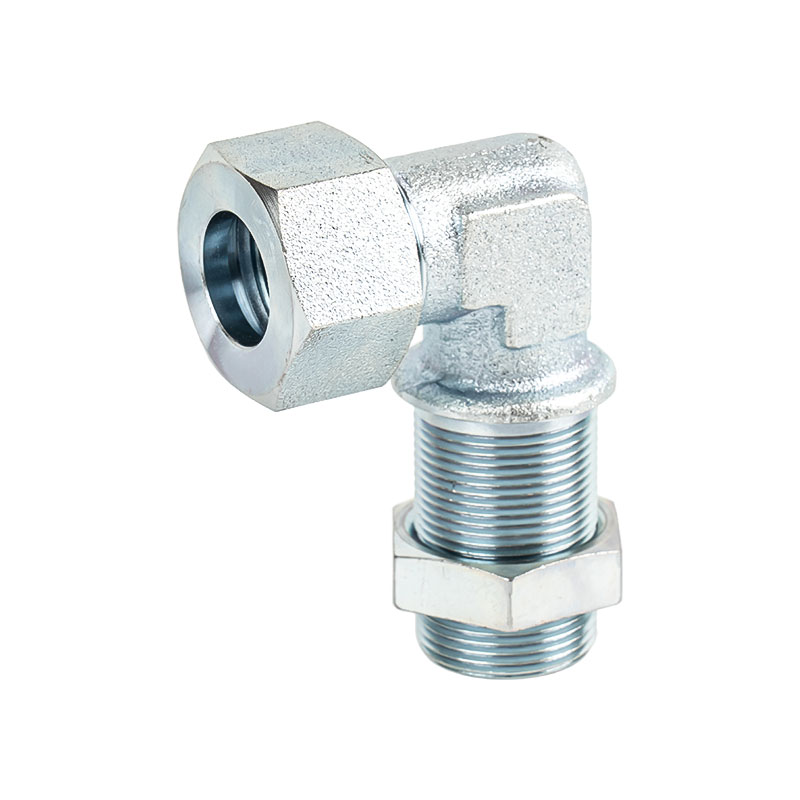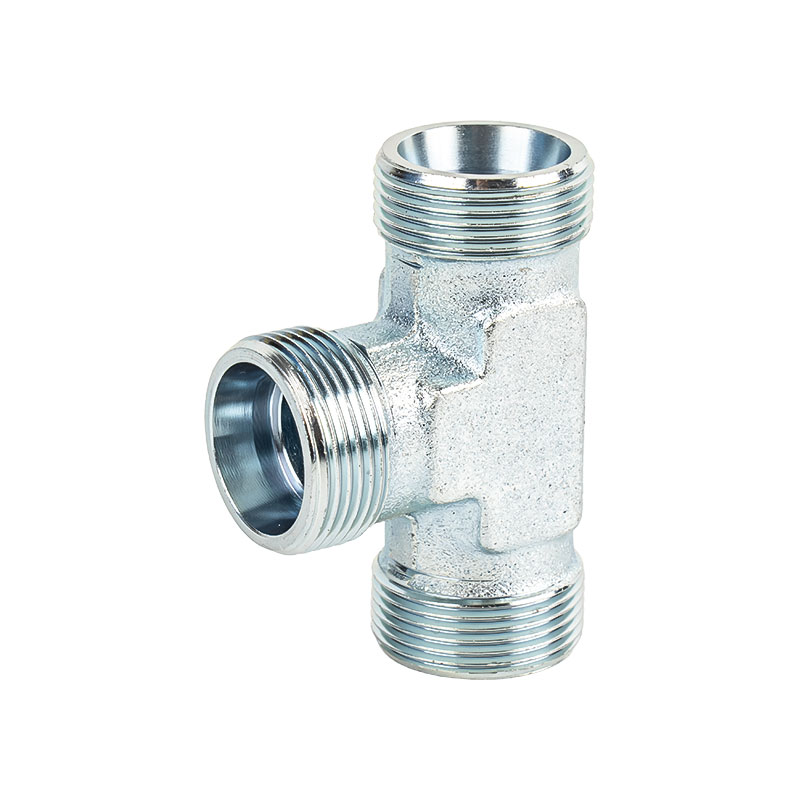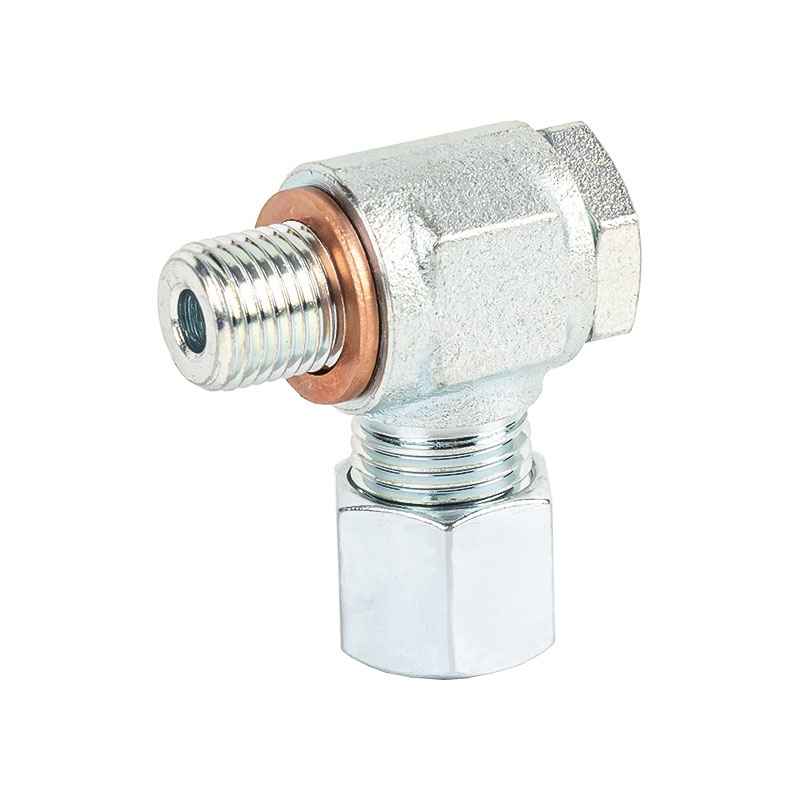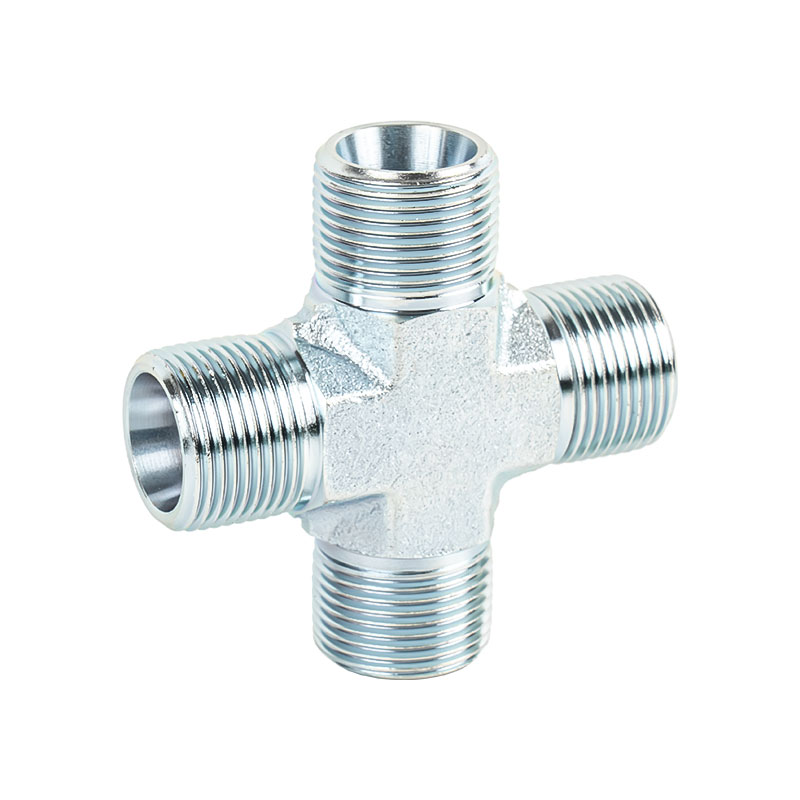Common risks of adapter fittings in high temperature and humid environments
Adapter fittings usually include circuit boards, electronic components, connectors and shell materials. These parts are prone to the following problems when facing high temperature or humidity:
1. Accelerated aging of components
High temperature will accelerate the aging of devices such as capacitors, resistors, IC chips, reduce their electrical performance and shorten their service life.
2. Circuit short circuit or leakage
Humid environment can easily cause internal circuit boards to get damp, forming conductive paths, which in turn cause short circuits, leakage, failures and other problems.
3. Deformation or cracking of plastic shell
Continuous high temperature may soften, deform or lose structural strength of shell materials, affecting appearance and interface docking.
4. Interface corrosion
Connectors and metal contacts are prone to oxidation or corrosion in humid air, resulting in poor contact or decreased conductivity.
5. Mold growth
In dark and humid storage environments, mold may grow on the surface of the adapter, affecting hygiene and even causing odor.
Choose materials and structures for adapter fittings that are suitable for harsh environments
When designing and purchasing adapter fittings, products with certain environmental adaptability should be given priority. For example:
*The shell material should be heat-resistant ABS or PC material with certain thermal stability;
*The internal circuit board should be coated with a moisture-proof protective film to improve waterproof ability;
*The metal part of the connector can be gold-plated or nickel-plated to reduce oxidation;
*Adapters with high IP ratings (such as IP54 and above) can better cope with moisture and dust intrusion;
*The packaging method uses an integrated molding or sealed structure to help reduce the risk of internal moisture.
Protective measures to be taken during use
1. Avoid direct sunlight or close to heat sources
Long-term exposure to sunlight or close to heat sources such as heaters and stoves will cause abnormal temperature increases. It is recommended to place it in a cool and ventilated place.
2. Stay away from water sources or humid corners
Do not use the adapter in the bathroom, next to the kitchen sink, or in the window seepage area to avoid malfunctions caused by humid environment.
3. Use a waterproof socket box or protective cover
In outdoor or water-rich areas, protective devices such as sealed socket boxes and plastic protective shells can be added to the adapter fittings to reduce the risk of moisture.
4. Regular cleaning and ventilation
During use, the surface of the adapter should be wiped regularly to keep it clean and dry, and avoid dust blocking the vents and affecting heat dissipation.
5. Avoid long-term continuous power supply
When not in use, unplug the adapter in time to help prevent internal damage caused by continuous heating.
Precautions during storage and transportation
The storage method of adapter fittings during non-use also directly affects its subsequent use status:
* Maintain a dry and ventilated storage environment, avoid long-term storage in a humid warehouse or sealed plastic bag;
* Use a desiccant or moisture-absorbing box to put it in the package to prevent air moisture from invading;
* Keep the storage temperature within the normal temperature range (generally recommended 5℃~35℃) to prevent extreme environments from affecting component performance;
* Avoid contact with corrosive substances, such as detergents, alcohol, strong acids and alkalis, etc., which will damage the shell material or metal parts.
How to deal with adapter abnormalities
When using adapter fittings in a high temperature or humid environment, if the following abnormal phenomena are found, they should be handled in time:
*Abnormal heating: It indicates that there may be a short circuit or excessive current inside. Stop using it immediately and check whether the load is too heavy or the ambient temperature is too high;
*Unstable connection: It may be due to corrosion or poor contact of the interface. Clean the metal contacts and check the interface wear;
*Strange smell or smoke: It means that the internal components are damaged. It is strictly forbidden to continue to power on. It should be scrapped or contact the manufacturer for repair;
*Condensation or moisture on the surface: It is recommended to dry the adapter after turning off the power and wait until it is completely dry before using it.

 中文简体
中文简体
